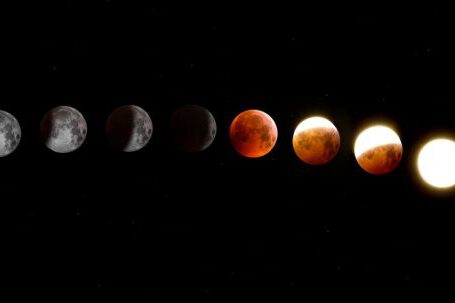Parallel universes have long been a fascinating topic of discussion and speculation. The idea that there could be multiple versions of our reality, existing alongside our own, has captured the imagination of scientists and science fiction enthusiasts alike. But what is the possibility of parallel universes? Is there any scientific evidence to support this concept, or is it merely the stuff of fantasy? In this article, we will explore the current understanding of parallel universes and the different theories that are being proposed.
The Multiverse Theory
One of the leading theories that supports the existence of parallel universes is the multiverse theory. According to this concept, our universe is just one of countless other universes that exist simultaneously. Each universe is believed to have its own set of physical laws and constants, making them distinct from one another. This theory suggests that there could be an infinite number of universes, with each one having its own unique configuration.
Many physicists believe that the multiverse theory is a plausible explanation for some of the mysteries of our universe. For example, the fine-tuning of the physical constants that allow life to exist on Earth could be explained if there are multiple universes with different values for these constants. In this scenario, our universe would just happen to have the right conditions for life, while other universes may not be so fortunate.
The Many-Worlds Interpretation
Another theory that supports the possibility of parallel universes is the many-worlds interpretation of quantum mechanics. According to this interpretation, every quantum event results in the creation of multiple branching universes. In other words, every time a quantum event occurs, the universe splits into multiple versions, each representing a different outcome.
For example, if you were to flip a coin, according to the many-worlds interpretation, there would be one universe where the coin lands heads up and another universe where it lands tails up. These universes would exist alongside our own, each with its own version of reality.
The many-worlds interpretation is a controversial theory, with some physicists embracing it as a possible explanation for the weirdness of quantum mechanics, while others remain skeptical. However, if this interpretation is correct, it would provide strong evidence for the existence of parallel universes.
Experimental Evidence
While there is currently no direct experimental evidence for parallel universes, scientists are actively searching for ways to test these theories. One approach is to look for evidence of other universes in the cosmic microwave background radiation, which is the afterglow of the Big Bang. By studying the patterns in this radiation, scientists hope to find clues that could point to the existence of other universes.
Another approach is to study the behavior of particles at the quantum level. If the many-worlds interpretation is correct, it would predict certain patterns in the behavior of quantum particles, which could be detected through experiments.
Conclusion: The Possibility of Parallel Universes
In conclusion, while the idea of parallel universes may seem like science fiction, there is a growing body of scientific evidence to support their existence. The multiverse theory and the many-worlds interpretation of quantum mechanics both provide plausible explanations for the possibility of multiple universes. Although direct experimental evidence is still lacking, ongoing research and advancements in technology may one day provide us with definitive proof of parallel universes. Until then, the question of whether we are alone in the universe remains an intriguing and open-ended one.





